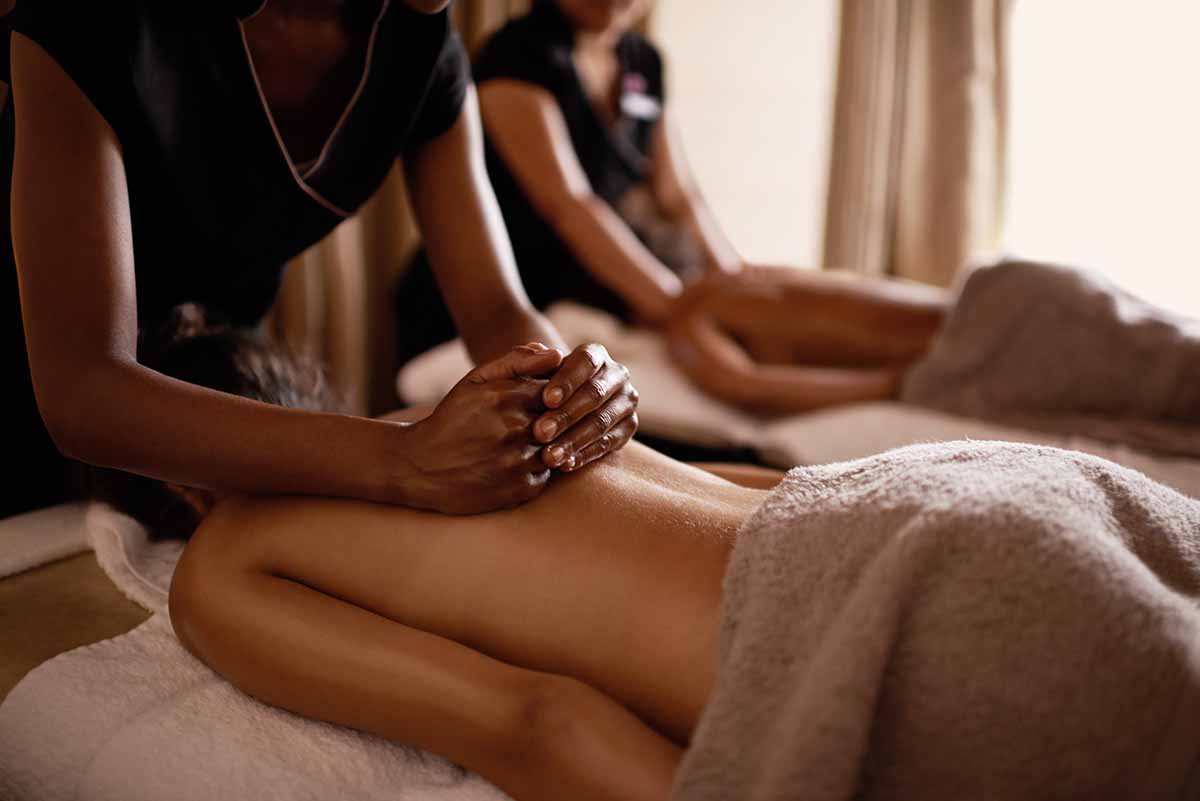
The Wellness Real Estate Report 2024 by RLA Global provides some insight into how much wellness is impacting hotel revenue.
With wellness tourism booming and more hotels and resorts implementing wellness programs, what does it all mean in terms of hotel revenue? The Wellness Real Estate Report 2024 by RLA Global, with statistical support from HotStats, offers some answers to this question.
The report evaluates hotel performance in 2023 using data from P&L benchmarking company HotStats, which covers more than 11,000 hotels worldwide. Hotels are broken down into three categories:
- Major wellness: annual wellness and leisure revenue exceeds US$1 million or more than 10% of total hotel revenues.
- Minor wellness: annual wellness and leisure revenue is less than US$1 million or less than 10% of total hotel revenues.
- No wellness: no wellness-related income.
Focusing on luxury, upper upscale, and upscale hotels, the report uses standard industry reporting for health club and spa data and evaluates all leisure services and activities, including memberships and golf.
Key insights include that there is positive growth across all categories of wellness – major, minor, and no wellness. All categories showed positive growth in ADR (Average Daily Rate), RevPAR (Revenue Per Available Room), TRevPAR (Total Revenue Per Available Room), and occupancy in 2023 compared to 2022. Minor wellness properties had the strongest occupancy growth.
Further insights include:
- Upper upscale properties outperformed luxury and upscale in ADR and TRevPAR growth.
- The Americas led in global TRevPAR performance, with significant GOPPAR growth in APAC and Africa.
- Major wellness properties generate high non-room revenues but also have higher operating expenses.
- Minor wellness properties are more flexible in cost optimization.
- Luxury properties excel in GOPPAR, but upper upscale properties show stronger overall profit performance.
Important metrics and KPIs for wellness in hotels in 2023:
The year 2023 displayed positive trends with a year-over-year RevPAR growth for all three categories of wellness, but performances also indicated a fragmented wellness market with uneven progress across the different wellness categories.
- Minor Wellness properties saw a 29% year-over-year increase in RevPAR and a 26% growth in TRevPAR.
- Major wellness had the highest ADR at US$210 and a 65% higher TRevPAR compared to the Minor Wellness category. But major wellness recorded just a modest 6% year-over-year growth in TRevPAR and saw a 1% decline in ADR.
- Luxury properties with major wellness’ TRevPAR performance is triple that of major wellnessUpper Upscale properties’ TRevPAR result, although they increased their top line performance in 2023 by just 1% and saw a 4% decrease in ADR.
- The Americas continue to lead the global TRevPAR performance in both the Major and Minor Wellness categories, with the APAC markets and Africa displaying big growth in GOPPAR.
The report emphasizes the importance of understanding wellness contributions to financial returns.
Impact on the hospitality industry and hotel revenue
Hotels are adapting their offerings to accommodate evolving health and wellness needs. With, for example, enhanced wellness amenities, high-quality spa treatments, wellness focused activities and programming, sleep programs, and menus featuring healthy fine-dining options catering to various dietary requirements and preferences.
Holistic programs include hosting wellness workshops, yoga sessions, meditation classes, and nutritional seminars. Comprehensive wellness retreats combining various health and relaxation activities are meeting growing demand for wellness and longevity products. Room features include sleep enhancement amenities, Biohacking tools, blue light blocking glasses, essential oils for relaxation, and guided meditation resources.
Personalization and technology also play a significant role. Hotels are using AI to analyze guest preferences and tailor wellness programs accordingly, offering virtual assistants to provide personalized wellness recommendations and services, and providing access to health monitoring devices and apps to help guests track their wellness metrics during their stay.
As we can see, wellness offerings not only cater to guest satisfaction but also contribute to significant revenue streams. By integrating comprehensive wellness initiatives, hotels and resorts can differentiate themselves in a competitive market, driving occupancy and profitability.
Spa Executive is published by Book4Time, the leader in guest management, revenue and mobile solutions for the most exclusive spas, hotels, and resorts around the globe. Learn more at book4time.com.



